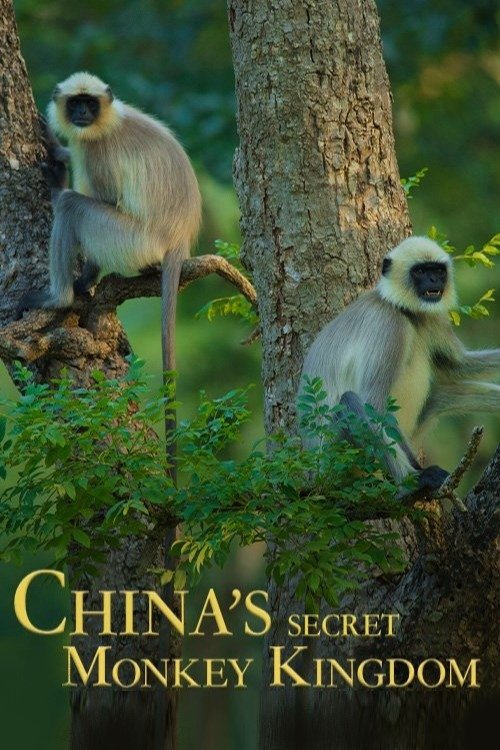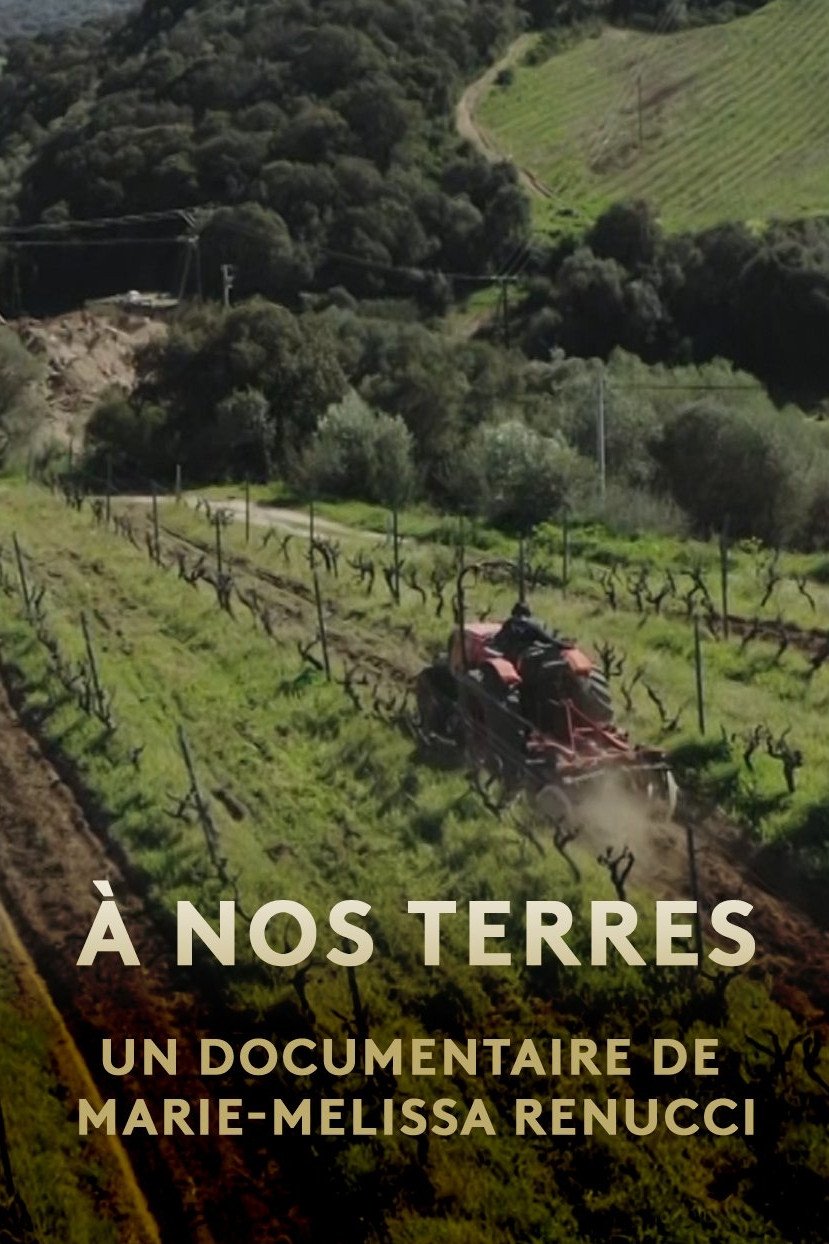The Way of the Shaman Drum (2017)
• January 1st, 2017 • 0h 13min
Documentary
Overview
During the Cultural Revolution in China in the late 20th century, ethnic Manchu people were persecuted and forced to give up such cultural traditions as the shaman dance (tiao tchin, meaning "spirit-jumping" or "god's dance"). However, on Changbai Mountain in Northeast China, a farmer named Guan Yunde decided to start designing and building traditional Manchu shaman drums. At age 70, he is one of a minority of ethnic Manchu people in China's Jilin province, and one of the few people keeping the Manchu shamanic tradition alive.
Make sure to check your pop-up blocker!!
Trailer
Similar Movies

Boblo Boats: A Detroit Ferry Tale
Released on: 2021-09-22
Documentary
For over 85 years, steamship Ste. Claire transported generations of Detroiters to Boblo Island, an a...
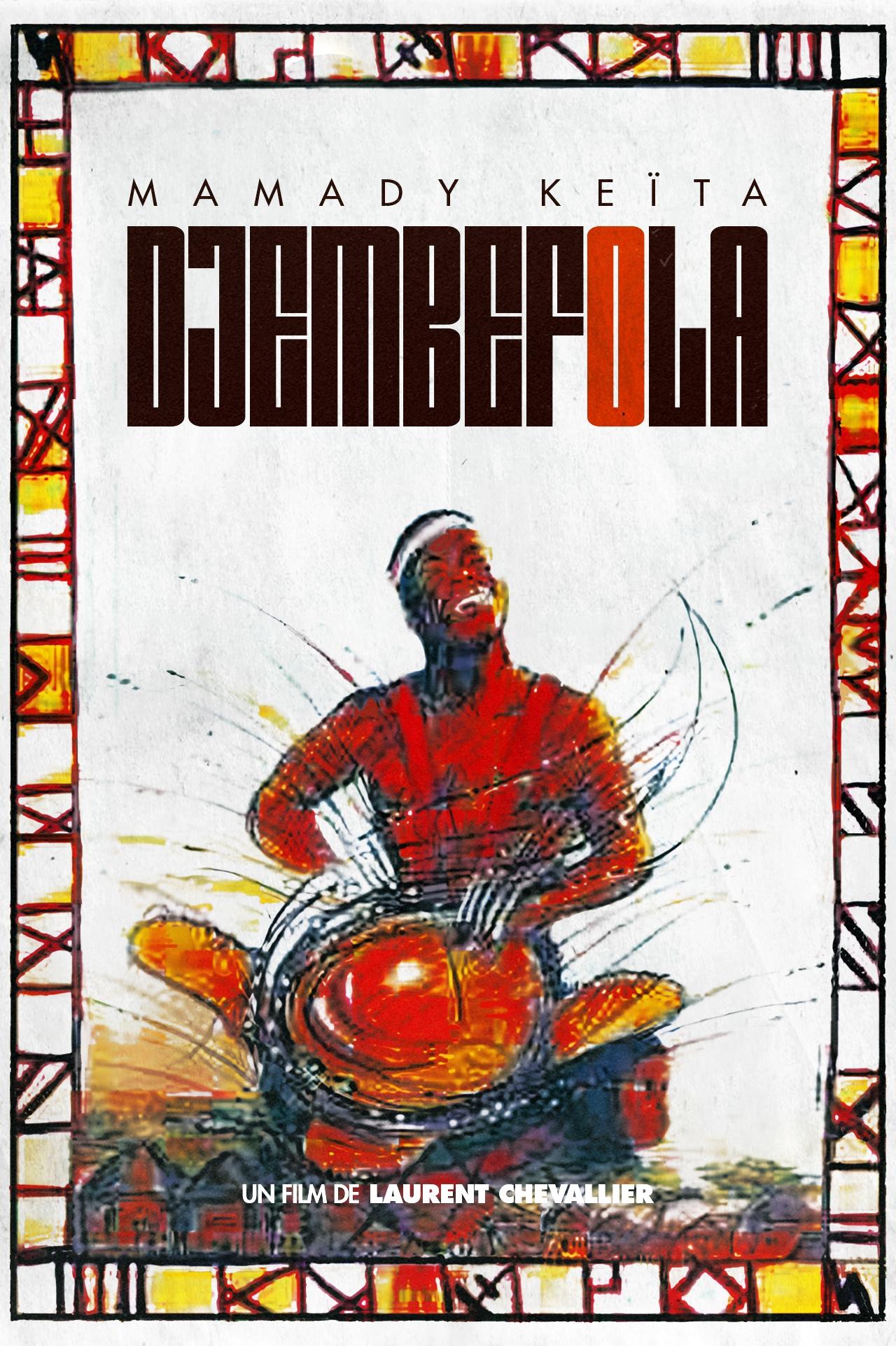
Djembefola
Released on: 1991-01-01
Documentary
African drummer leaves village, makes it big in the world. Great drumming!!
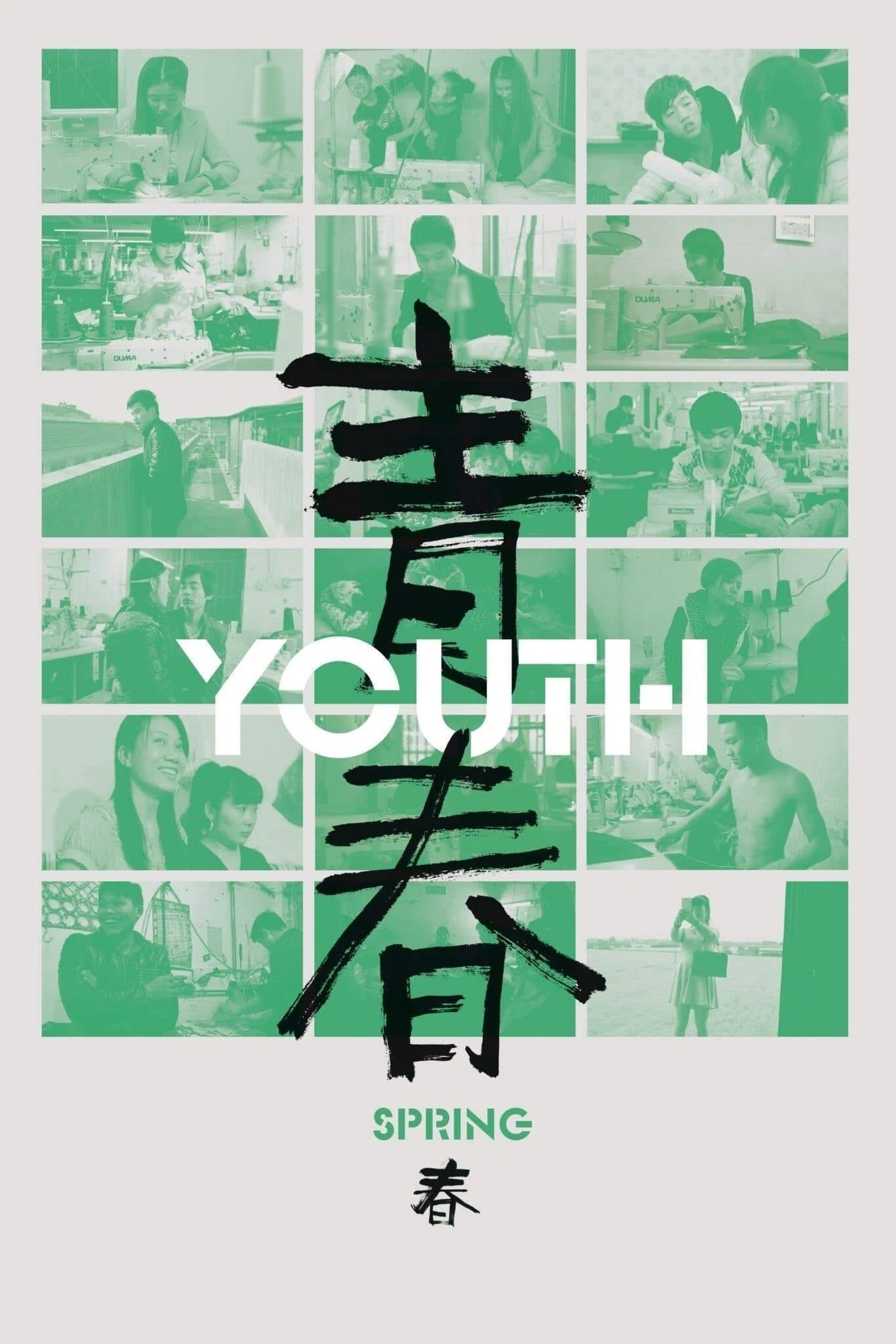
Youth (Spring)
Released on: 2023-11-10
Documentary
This film was shot between 2014 and 2019 in the town of Zhili, a district of Huzhou City in Zhejiang...

Profils paysans : l'approche
Released on: 2001-05-09
Documentary
The first of a documentary serie about rural France.
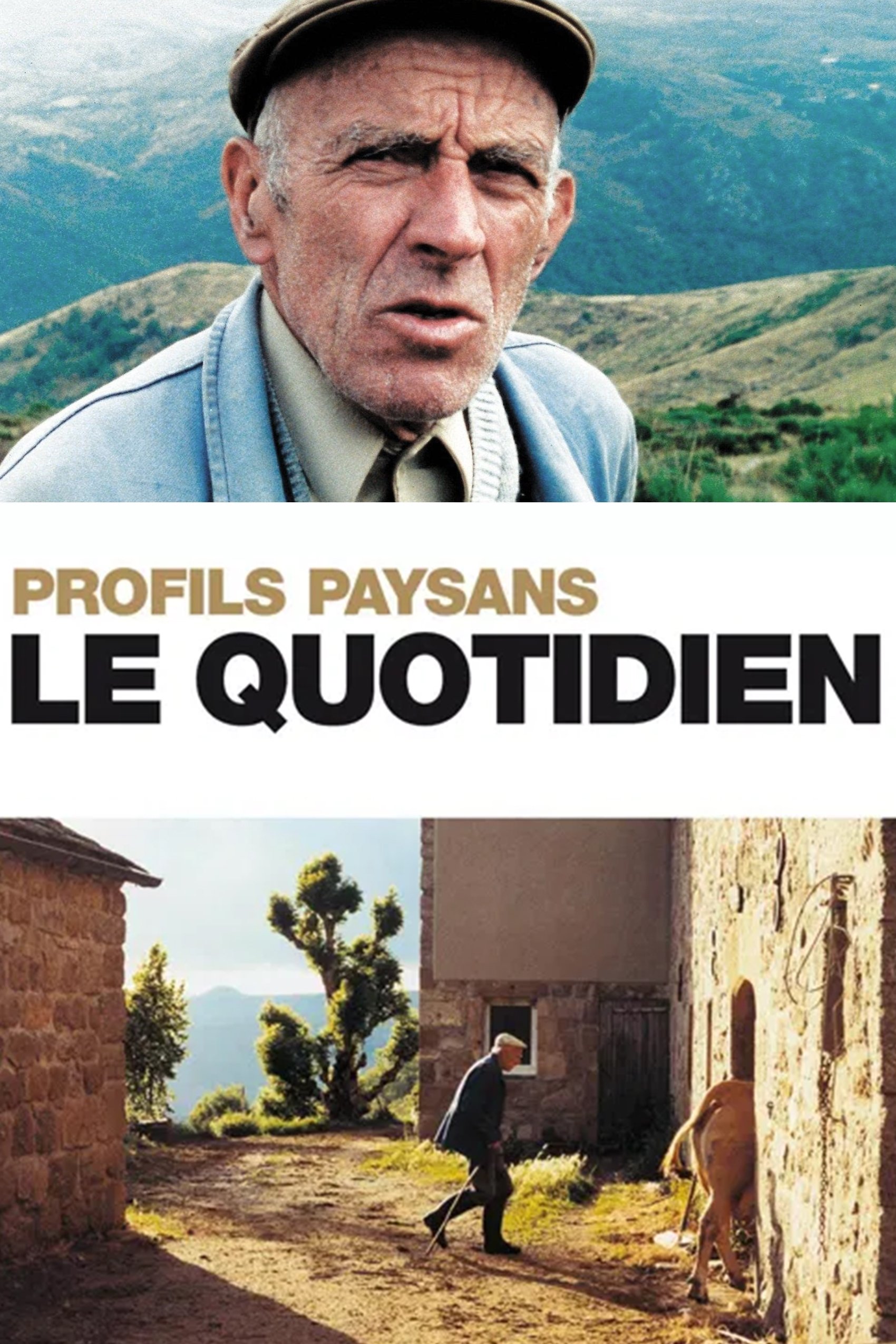
Profils paysans : le quotidien
Released on: 2005-02-23
Documentary
Second documentary of a trilogy produced on the long term (together with Profils paysans: l'approche...
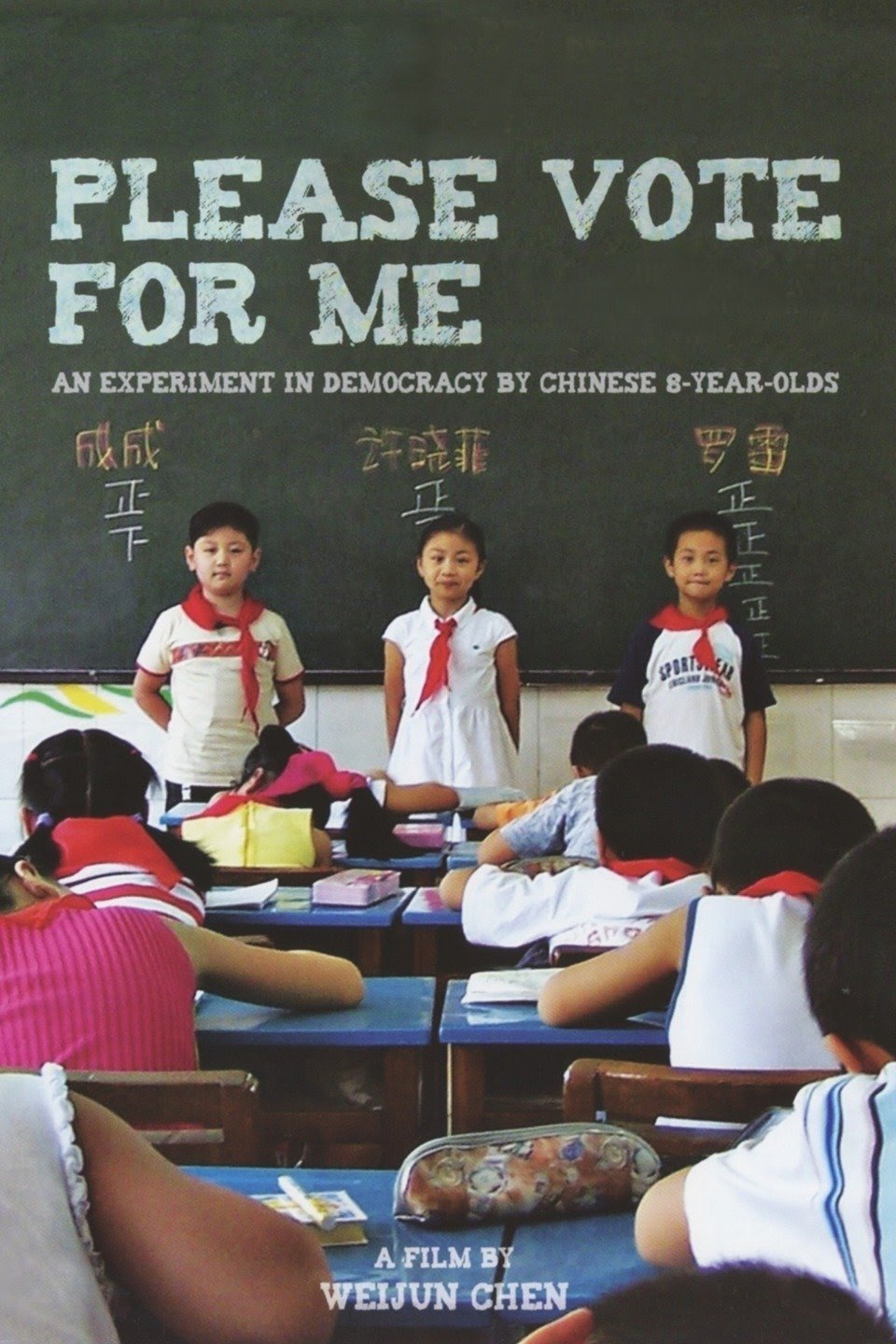
Please Vote for Me
Released on: 2007-09-06
Documentary
At Evergreen Primary School in Wuhan, China, a Grade 3 class learns what democracy is when an electi...

Umhlonyana Ka Mimi
Released on: 2023-10-27
Documentary
A girl celebrates her 16th birthday with a Umhlonyane.

Big Brother: A World Under Surveillance
Released on: 2020-03-11
Documentary
Under the pretext of fighting terrorism or crime, the major powers have embarked on a dangerous race...

Sons of the Soil
Released on: 1915-01-01
Documentary
Ilford's Fairlop Plain provides the battlefield for ploughing matches between local hands and Essex ...
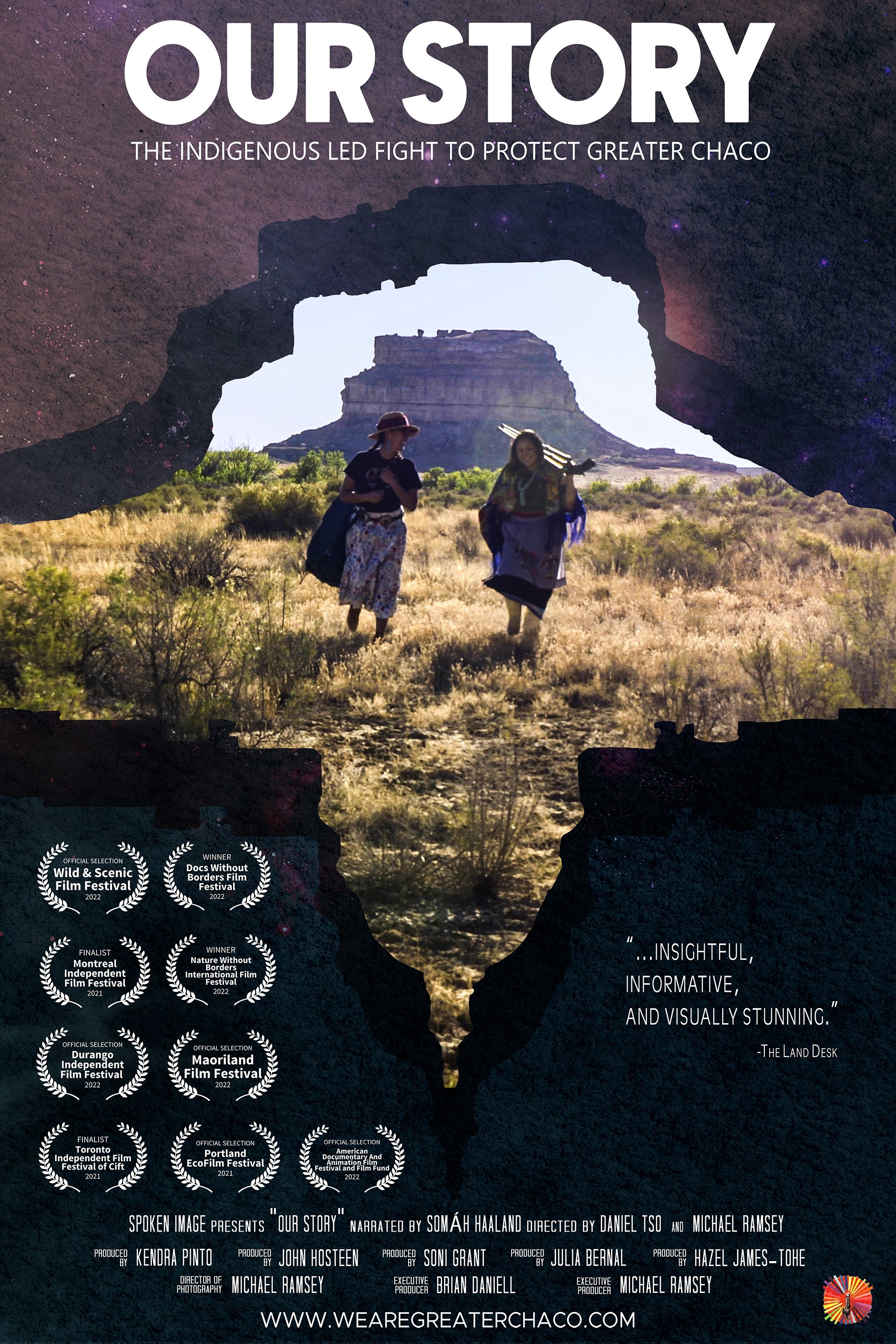
Our Story: The Indigenous Led Fight to Protect Greater Chaco
Released on: 2022-10-06
Documentary
Over 90 percent of the available lands in the Greater Chaco region of the Southwest have already bee...

Our Vanishing Americana: A South Carolina Portrait
Released on: 2022-08-11
Documentary
Photographer Mike Lassiter journeys across South Carolina capturing the stories of historic, often f...

My Village in Nunavik
Released on: 1999-01-01
Documentary
Shot during three seasons, Kenuajuak's documentary tenderly portrays village life and the elements t...

Starring Jerry as Himself
Released on: 2024-11-06
Documentary, Thriller, Drama, Crime
Jerry, an ordinary immigrant dad, retired in Orlando, is recruited to be an undercover agent for the...

Tea War: The Adventures of Robert Fortune
Released on: 2016-07-01
Documentary, History, TV Movie
In the 19th century, China held the monopoly on tea, which was dear and fashionable in the West, and...
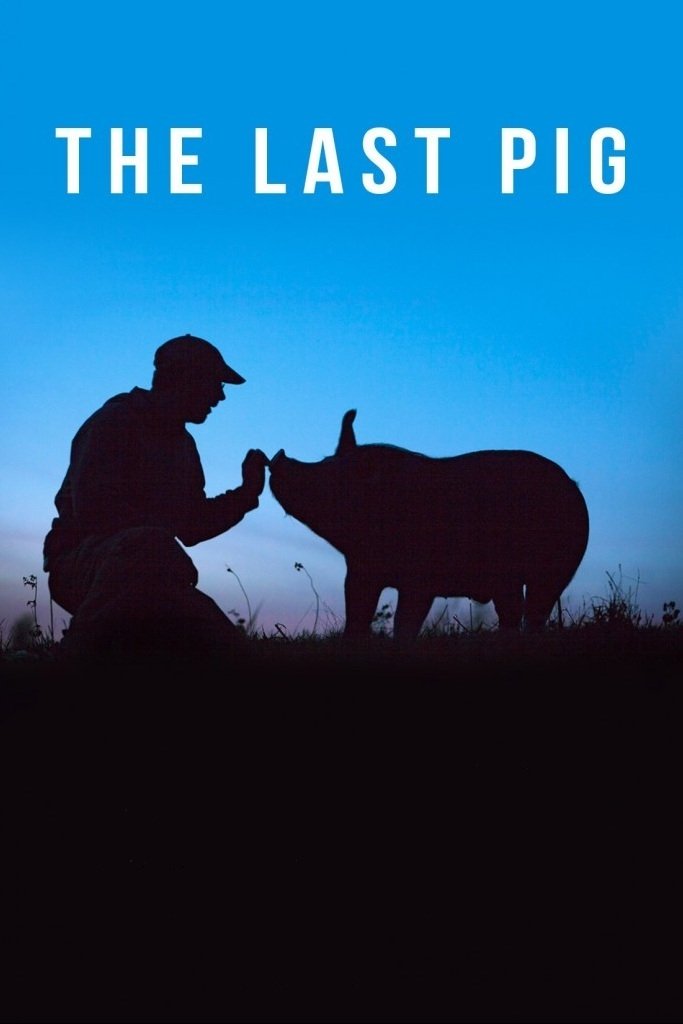
The Last Pig
Released on: 2017-08-02
Documentary
An intimate reflection on animal treatment, following ethical pig farmer, Bob Comis, as he contempla...
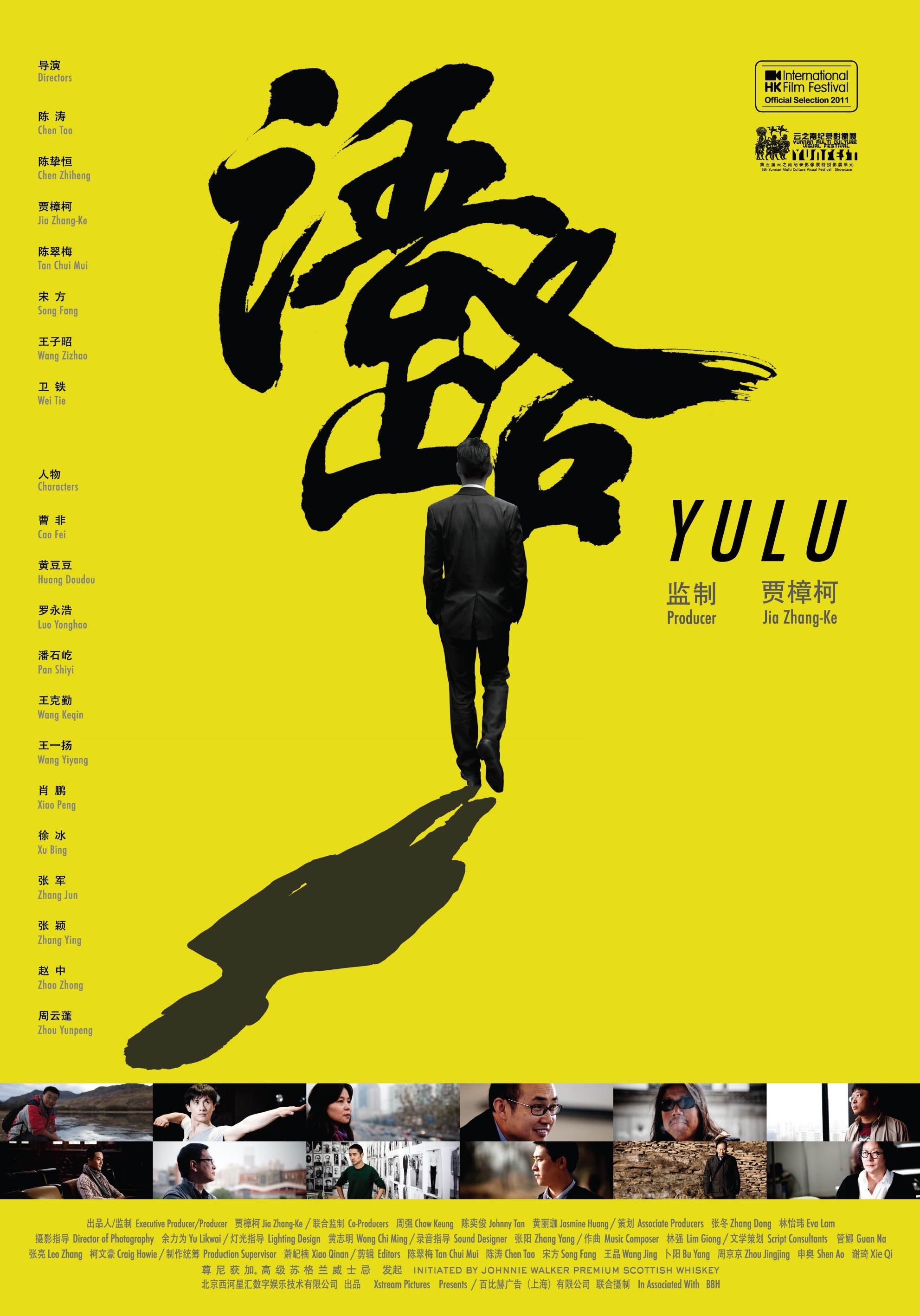
Yulu
Released on: 2011-01-01
Documentary
The film uses a documentary approach to tell the stories of 12 Chinese pioneers, chosen from the fie...

Modern Life
Released on: 2008-10-29
Documentary
For ten years, Raymond Depardon has followed the lives of farmer living in the mountain ranges. He a...
